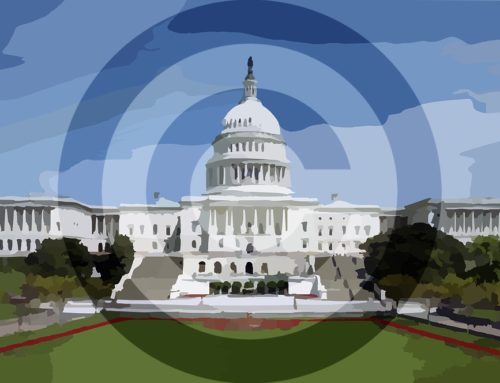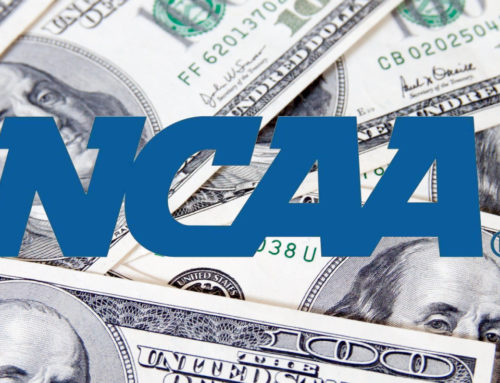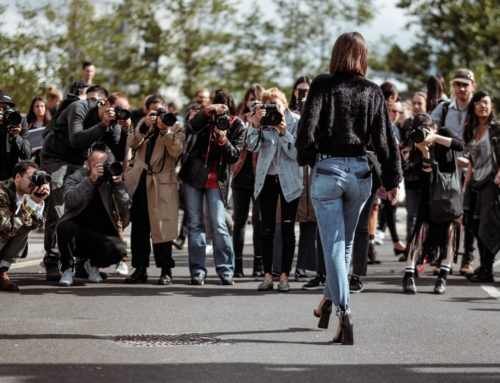Disney vs. The Public Domain: How Mickey Mouse Continues to Protect His Copyright
Copyright legislation goes back much farther than the inception of Mickey Mouse. The Copyright Act of 1790 stipulated that intellectual property and creative works were entitled to 28 years of protection before entering the public domain. In 1831, the Act was amended and the period was extended to a maximum of 42 years. In 1909 the terms were once again extended to 56 years. Still, very few copyrighted works used these terms to their full length. That is, until Mickey entered the picture.
Mickey Mouse made his first appearance in 1928 in the film “Steamboat Willie.” Under the 1909 Copyright Act, the character was entitled to 56 years of copyright protection before it would enter the public domain. By the time that date drew near in 1984, Disney coveted the character more than anything else it had created. Mickey was responsible for bringing the company to its mammoth stature, with billions of dollars in revenue being brought in annually thanks to the lovable mouse. Mickey was undeniably the face of Disney — and Disney wasn’t about to give up its most precious asset.
Lawyers for the company began pouring millions of dollars into lobbying members of congress to extend the terms of the Copyright Act once more. It paid off in 1976 when, 8 years before Mickey’s copyright was set to expire, Congress radically reshaped the Copyright Act in an effort to have it conform with regulations in Europe. Among other changes, an extension to copyrighted works came with 19 years added to the previous terms. Mickey Mouse would now be protected for 75 years in total. In its efforts, Disney bought itself more time to figure out what to do with Mickey with his copyrighted protected until 2003.
As the new millennium loomed, so did Disney’s fears that it would soon lose ownership of their most beloved properties. Although Mickey was still king, by this time Disney had created a slew of characters, all of which were set to imminently lose their copyright protections; Pluto would expire in 2005, Goofy in 2007 and Donald Duck in 2009. Considering this, Disney began its lobbying efforts once more in Washington.
In 1997, Congress introduced the Copyright Term Extension Act. The new act proposed to extend copyright protections from 75 years to 95 years. Obviously Disney was in favour of the Act and did everything they could to ensure it passed. The company launched the Disney Political Action Committee and spent a total of $149,612 contributing to campaigns of politicians who would later vote on the bill. Records show that 19 of the 25 sponsors of the bill received money directly from Disney’s CEO Michael Eisner.
In 1998, the company was confronted by CNN about their aggressive lobbying tactics, to which Disney spokesperson Thomas J. Deegan responded curtly: “We regard our lobbying as proprietary to us. We don’t wish to talk about it.”
Their efforts paid off, as the Copyright Term Extension Act, which has since been nicknamed the Mickey Mouse Protection Act, passed unanimously in the House and the Senate with no public debate and no fanfare. Thus, Mickey’s protection was once again extended — this time giving the company complete ownership for another 20 years until 2023.
2023 is quickly approaching, and as of now, Disney has run out of time to attempt to extend copyright protections once more. As of January 1, 2019, every book, film and song published in 1923 will enter the public domain when the terms of the revised Copyright Act expire for the first time in 40 years.
So then, after fighting tooth and nail for stringent copyright protections for the better part of the last five decades, why isn’t Disney continuing its crusade? It appears as though the answer may lie in how times have changed, and the necessity for the company to take a different approach because of this.
In the 70s and 90s, copyright legislation was not a topic of interest to the public at large. However, that has changed dramatically in recent years as control over copyrighted material and the internet has become a hot-button topic. With the planned introduction of SOPA (the Stop Online Piracy Act) earlier this past decade, it became clear that the public was not interested in allowing the government to further commodify the internet — especially in regards to the creative works that inhabit that space. The act was met with a series of large-scale protests that went as far as ISPs and popular sites like Google and Wikipedia going dark for a period of time to show their opposition and resistance to the act. Disney knows that in 2018, and — in the Freedom of the Internet Age — any proposals to extend copyrights will be met with backlash, since this is now viewed as an effort to stifle the free market and line the pockets of high-profile companies. Because of this, copyright terms will likely stay the same. Fortunately for Disney, that doesn’t particularly matter anyway.
You may have noticed this month that Mickey Mouse’s face has been plastered everywhere. Disney has put a great deal of money and marketing into celebrating the character’s 90th anniversary. From deals with fashion brands like Uniqlo and H&M, to integrated technology partnerships with Google, to Mickey’s face appearing on the stickers for Dole fruits, it’s hard to go anywhere without seeing the iconic character these days: specifically the version of the character that first appeared in “Steamboat Willie” in 1928. While Disney has made these deals and endorsements as a means to celebrate Mickey’s 90th birthday, they’ve also done so in an effort to reinforce Mickey Mouse’s trademarked image.
When Mickey Mouse’s copyright protections finally expire in 2023, Disney will still own no fewer than 19 trademarks on the words “Mickey Mouse.” While a copyright prevents creative works from being used without the permission of the rights holder, a trademark “protects words, phrases and symbols used to identify the source of the products of services.” So long as a company can assert that their trademarked image has obtained “secondary meaning,” that trademark will prevent its use from being exploited by the public or other companies. Even though Mickey will be 95 years old in 2023, Disney’s marketing barrage of the mouse’s image will allow them to claim rather easily that the image of Mickey is inseparable from the company.
This wouldn’t be the first time a trademark has prevented an entity in the public domain from being exploited. the creator of Tarzan, Edgar Rice Burroughs, had the foresight to receive a trademark on the name Tarzan. This effectively prevented the use of the name Tarzan without the permission of the creator or its subsidiaries. This is the reason why we do not see different versions of the Tarzan story today. In the same capacity, Disney may seek to advocate Mickey Mouse as a brand or logo.
An important legal consideration here would be whether the use of trademark effectively acts as a method of circumventing the limitations placed on copyrights. Effectively, the issue is perpetual copyright. It seems that in this capacity, Mickey Mouse will be able to take advantage of such protections. The Court ruled that for trademark to protect a character in the public domain, the character must have obtained “secondary meaning.” Not all formerly copyrighted characters would be afforded this trademarked protection. In other words, once you encounter the character a person must immediately associate the character with the source.
Globally, Mickey Mouse is undeniably associated with Disney. However, it is important to note that merely because a character is a registered trademark of Disney does not mean that its use would be prevented entirely. The court in Frederick Warne & Co. v. Book Sales Inc makes it clear that the legal rationale behind extending trademark protection to a copyrighted character lies in the assumption that “[a] character deemed an artistic creation deserving copyright protection…may also serve to identify the creator.” Snow White, as an example, is not an original character by Disney and therefore is not afforded the same protections. Mickey Mouse, however, is likely to be afforded those protections and this is likely what Disney is hoping for.
Having fought tirelessly in the past to ensure Mickey’s copyright is fully protected under the law, Disney has made it so that Mickey Mouse and his image are an unmistakable identifier for the company itself. While the fate of Goofy, Pluto and Donald Duck remains unclear as their copyright protections inch further towards expiration, Mickey has essentially been provided legal protection forever. Whether or not the iconic character enters the public domain in 2023 will end up being an arbitrary matter, as Disney’s slew of trademarks will still prevent any member of the public or any company from using Mickey’s image without hearing from Disney’s lawyers.




